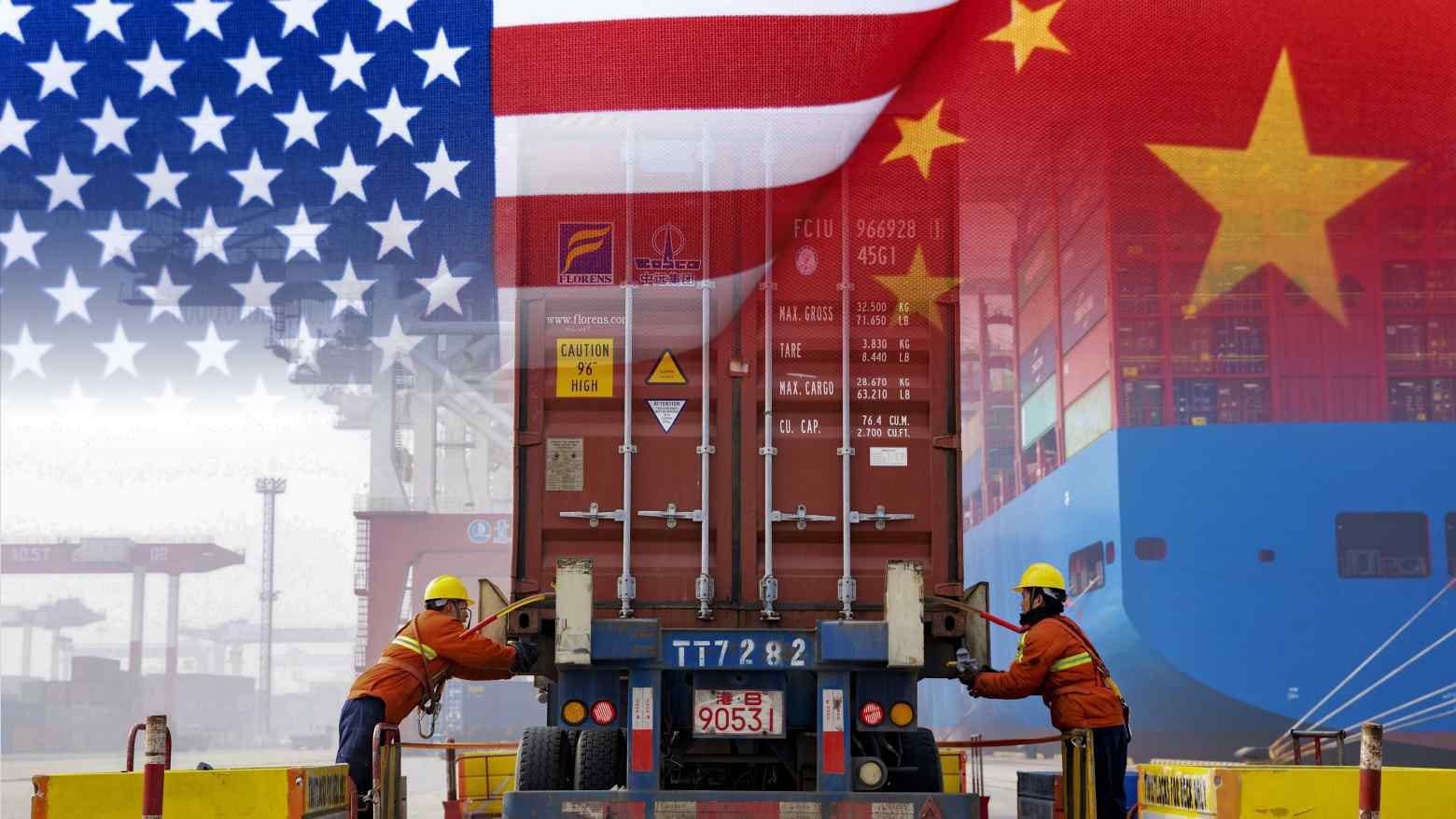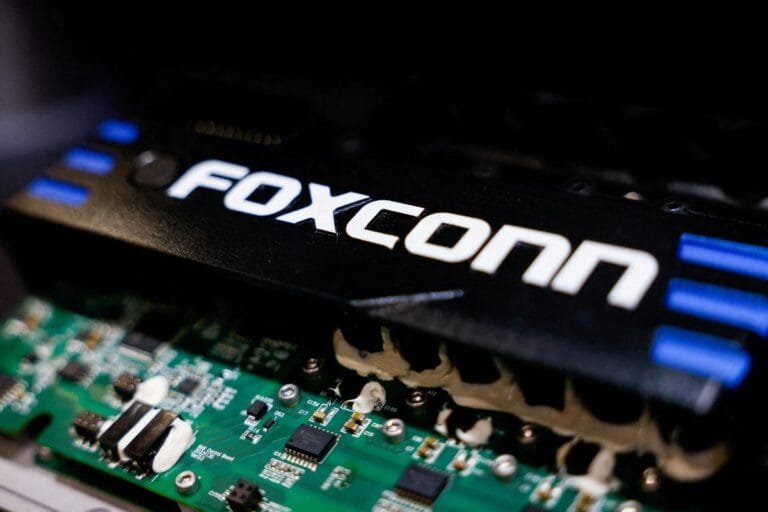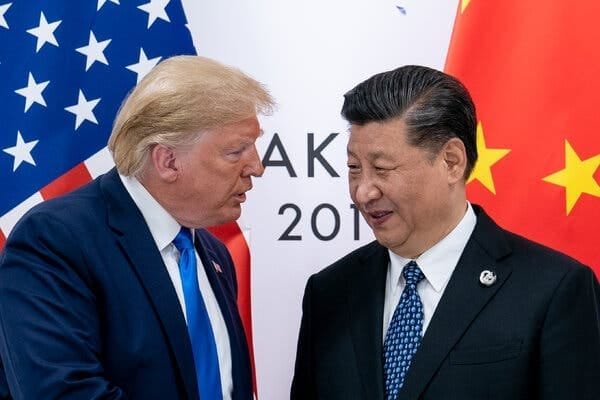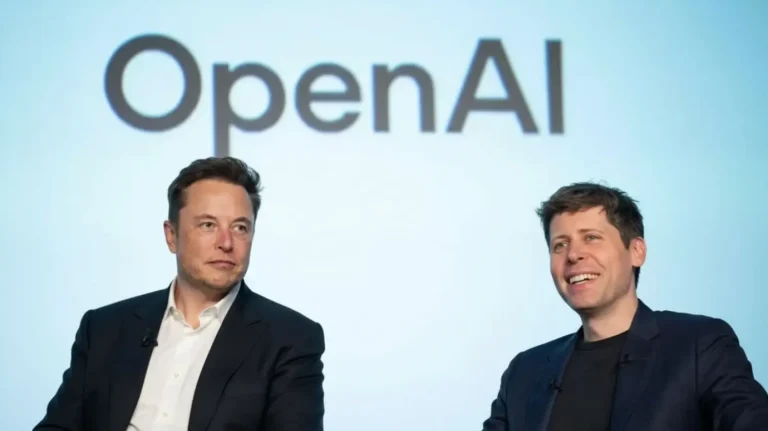
.US and Chinese trade officials meet to ease escalating trade tensions.
A Brief Introduction to the Topic
Recently, trade and economic tensions between the US and China have escalated sharply. This took a new turn when China announced restrictions on the export of rare earth elements and related technologies. This move is sensitive for global high-tech industries, including the US, as companies use these materials extensively in chips, electronic equipment, green technology, and defense industries.. In response, US President Donald Trump announced that he would impose an additional 100% tariff on goods from China starting on or before November 1st. This tariff would be on top of existing tariffs. However,
Trump later appeared to soften his stance—he stated, “This statement raises the possibility of whether he might actually back down from his threat of 100% tariffs.” Below, we will examine this issue from multiple perspectives—causes, indications, challenges, possibilities, and conclusions—to gain a holistic understanding of this development from a “human mind” (insight, psychological, and strategic perspective).
Analysis of Trump’s Statement: Meaning and Signal
When a politician takes a strong stance and then softens it, there are several possible strategic reasons behind it. Trump’s “Xi had a bad moment” statement suggests the following Showing Sensitivity This indicates that Trump recognizes that China (Xi) made a “mistake” and may yet recover from it. Such a statement reflects a defense against the opponent—”I’m not attacking you, but if you make a wrong move, I will respond.”
Maintaining Diplomatic Space
This statement indicates that Trump does not want to take a completely harsh stance. He wants to signal that the door is open for dialogue—if China steps forward, a solution may be possible. Saving Image and Reducing Pressure The sudden threat of 100% tariffs has caused economic and market turmoil. This statement may inspire a sense of “don’t panic now”—it may be an attempt to calm public and global fears.
Strategic Play Threats, but Options Open Such statements often imply that threats are tactics, not final decisions. If the adversary (China) softens, there is room for a withdrawal. So, the role of this statement isn’t merely emotional or concessional language it provides flexibility to US tactics at the strategic level.
Will Trump withdraw his 100% tariff threat?—Possibilities and Challenges
Below, I will analyze from different perspectives whether Trump is likely to withdraw his threat, under what circumstances, and why he might not Strengths in favor of withdrawal Economic Pressure/Costs The imposition of a 100% tariff means that goods already subject to import duties will now be doubled. This could have a significant impact on US consumers, businesses, and industries. If inflation increases or trade disruptions worsen, the administration will face pressure to back down. Market and investor reaction Markets have already experienced a significant decline. If this decline deepens, the administration may be forced to reverse course. Diplomatic and global pressure
Other countries, trade partners, and international organizations (such as the WTO) may condemn this move. If the US is isolated, it may be forced to de-escalate the dispute. Adjusting strategic leverage
If China indicates that it will roll back some of its controls or is willing to negotiate, Trump could say, “Okay—we initially threatened, but now let’s find a solution together.” The importance of timing Trump has specified November 1st as the date for the threat. However, if China has responded by that time, or the global situation worsens, he could change his mind.
Obstacles in Favor of “No Backing Down”
Political Image and Credibility If a president issues a threat and then withdraws, the opposition and the media may perceive him as weak. This impacts political style and public perception. Strategic Value The perception of a threat itself is a strength. If he softens his stance after issuing a threat, his opponent (China) will not take him as seriously in the next conflict. The Need for Resolve If the US wants to achieve real change or pressure, withdrawing the threat would signal weakness. China’s Reaction Uncertain Even if Trump withdraws the threat, China may continue its actions or become more aggressive. In such a scenario, the US will have to adjust its strategy again. Commitment Costs With the preparations already made—such as tariff increases, trade policy, diplomacy, etc.—it will not be easy to reverse these plans.
Conclusion (Probability Estimate)
My analysis suggests that Trump is unlikely to back down completely from his 100% tariff threat—as it could weaken his political and strategic position. However, fully implementing and complying with this threat is also fraught with challenges. Therefore, the most likely scenario is this If China backs down or signals that it will ease restrictions, Trump may implement the threat in a lesser form or not maintain the full 100% restrictions initially announced.
If China persists, Trump will move to implement this threat. And if economic If global or strategic pressure increases, Trump may have to resort to a modified or partnered option. Thus, the threat is still a ‘message’—but its full implementation will depend on how China responds and the global situation.
Strategic, Economic, and Psychological Dimensions Below, I will look at this entire controversy from the perspective of the “human mind” or strategic psychology—how leaders combine their decisions and statements with the public, the opposition, and international perspectives.
Signaling & Signaling Games
Politicians and nations often send signals through statements—”I’m ready, but I’ll wait for your move first.” Trump’s “Xi had a bad moment” signals “I don’t want a full-blown fight, but I’m ready if needed. Timing & Pace Control Suddenly introducing statements or threats can also be tactical—confusing the opponent, weakening their preparedness. But escalation is an attempt to keep them under control.
Confidence vs. Flexibility
If a leader always adopts a very rigid stance, it limits the strategy. But if they demonstrate flexibility, the opponent can be trapped. Fear-Based Leverage Sometimes the purpose of threats is to intimidate the opponent—“I have these options if you escalate too much.” But if that fear turns out to be false, trust will be lost. Public Psychology and Pressure Public and media reactions can also force leaders to back down. If the market is affected or the public becomes distressed by inflation, the government may be forced to adopt a softer stance. Reading and Rereading: Anticipating Adversary Moves (Game Theory Thinking)
Leaders think: If I threaten, what will the opponent do? If they relent, what should I do? If he gets tough, how do I respond? This becomes a back-and-forth strategy. Face & Reputation in Diplomacy China, as a nation, doesn’t want to accept any kind of “squeeze”; if Trump were to back down, China could publicize it. Therefore, Trump must figure out how to back down—not by giving up, but by “dealing.”
Scenario Features Likelihood Threats/Limitations
China relents China loosens some export controls or signals willingness to negotiate Moderate to High Trump will have to subvert the threat into negotiations Trump may impose limited tariff cuts/partial tariffs, not 100% full tariffs, but on selected goods or at lower rates More likely China may consider this a partial success and escalate pressure further Full tariffs may be imposed Trump fully implements the threat Low to Moderate Massive economic response, demand collapse, retaliation from China Dialogue and compromise Middle ground Both countries cancel talks and reach a new agreement Possible movement, but patience and time required Trade war intensifies Tariffs, export controls, sanctions, and pressure increase Dangerous global supply chains could be disrupted, economic losses increase Which of these forms will emerge will depend on how China responds, US domestic conditions, and the global economic situation.
Conclusion and Brief Explanation
Trump’s “Xi had a bad moment” statement is a strategic signal—not a complete softening of the guard, but a ploy to maintain flexibility. A complete withdrawal from the 100% tariff threat will be difficult due to politics, economics, and international pressure. It’s more likely that Trump will implement the threat in a modified form if China relents or implement it in part. Strategic negotiations, signals, timing, and the opponent’s moves will dictate this entire dispute.




